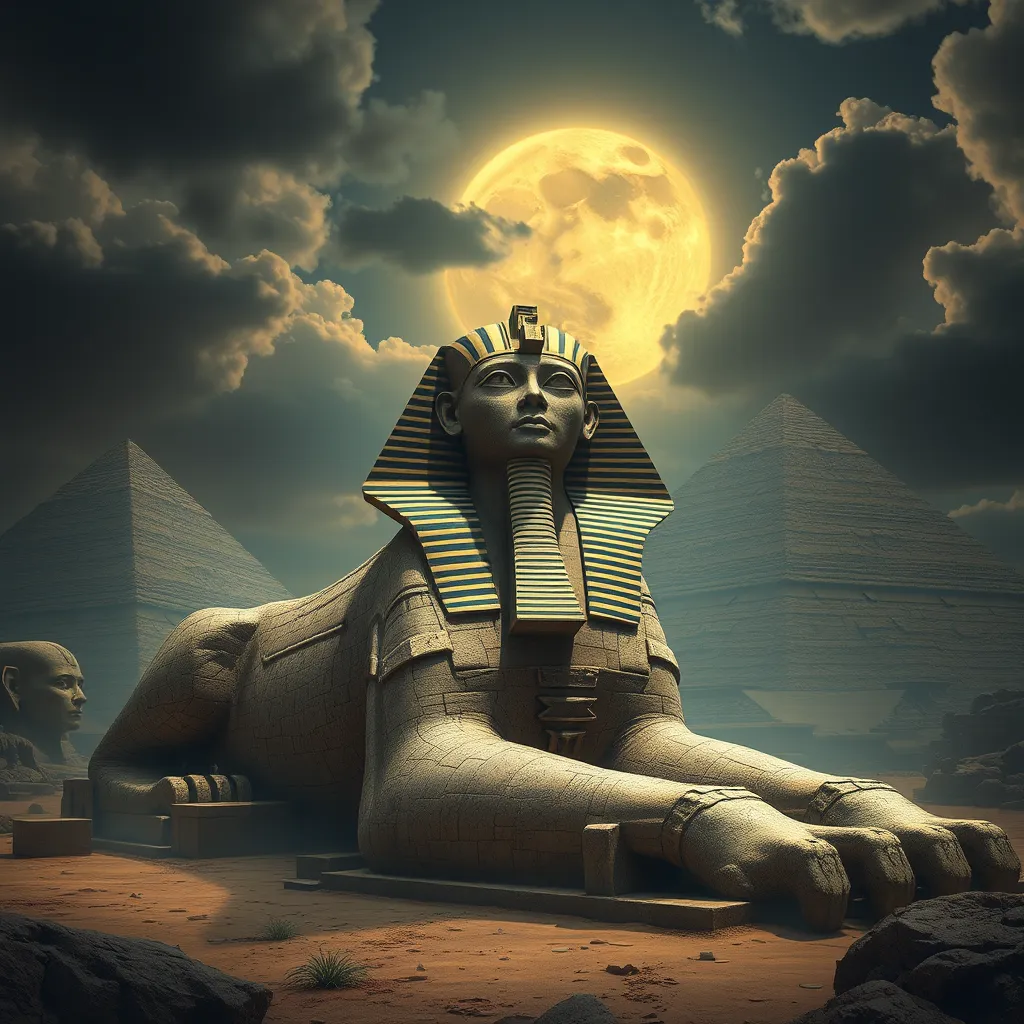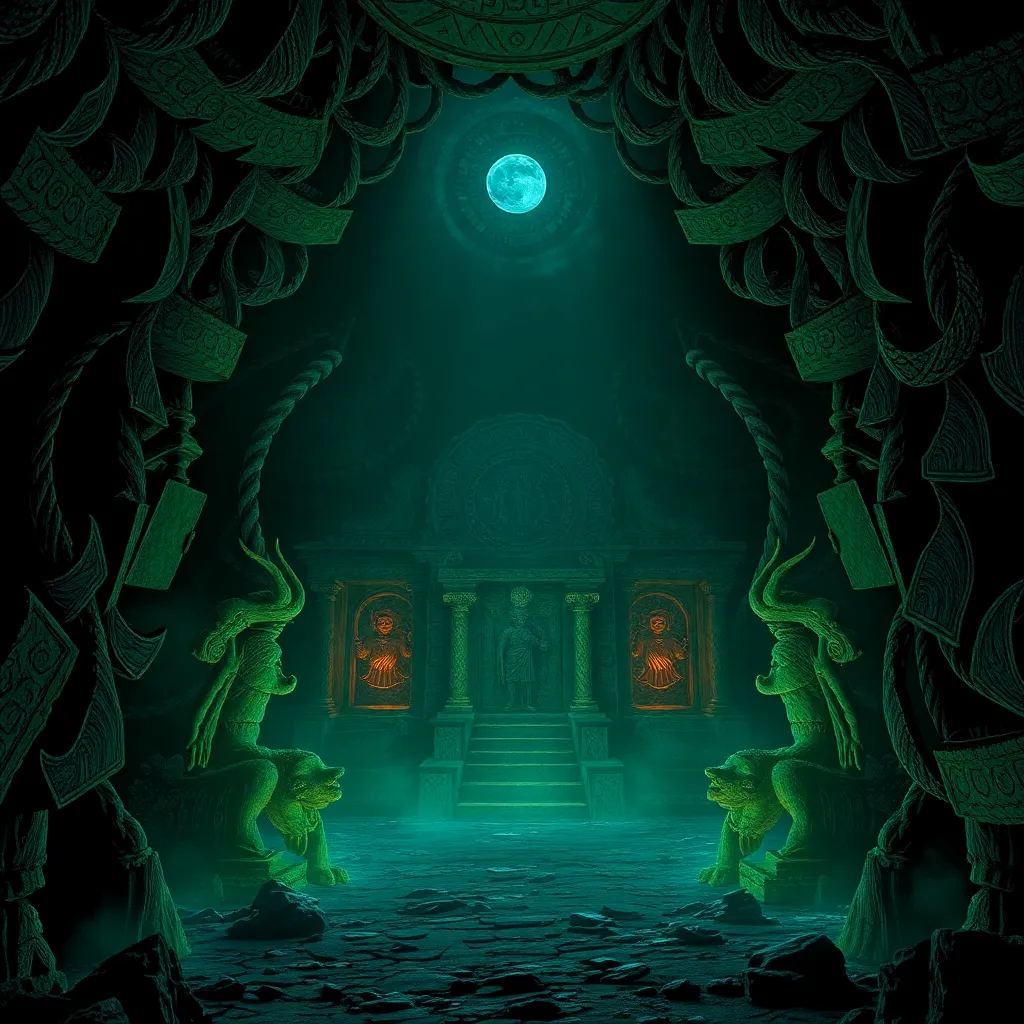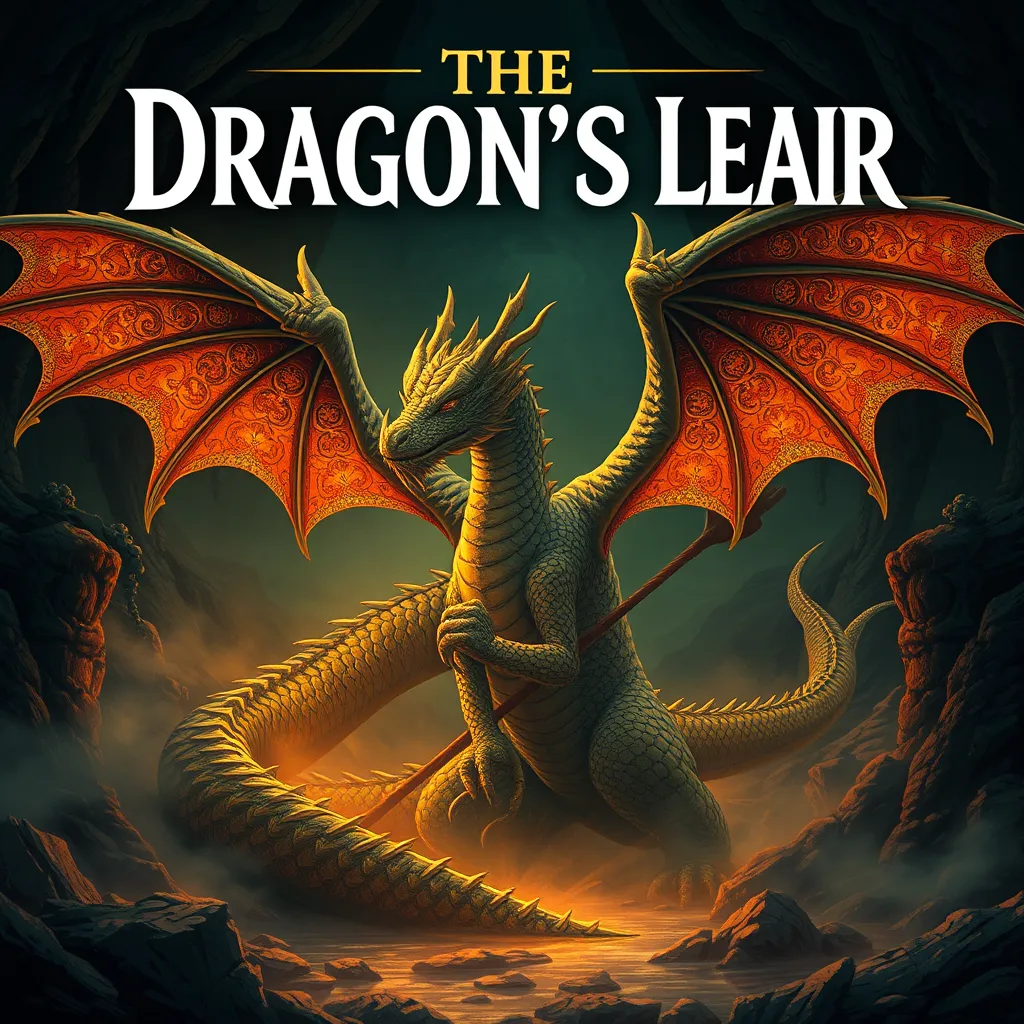The Sphinx’s Riddles: Deciphering the Secrets of the Guardian
I. Introduction
The Sphinx, a creature shrouded in mystery and enigma, has captivated the imagination of many through mythology and literature. With the body of a lion and the head of a human, the Sphinx embodies a paradoxical nature, representing both strength and intellect. Throughout ancient cultures, riddles played a crucial role, serving as a means of communication, education, and entertainment. This article delves into the Sphinx’s riddles, exploring their significance within historical contexts and their lasting impact on human thought.
II. The Mythical Origins of the Sphinx
The origins of the Sphinx can be traced back to ancient Egypt, where it was often depicted as a guardian figure, symbolizing protection and wisdom. In Greek mythology, the Sphinx is most famously known for her role in the story of Oedipus, where she posed a deadly riddle to travelers, devouring those who could not answer correctly.
- Historical Context: The Sphinx is rooted in both Egyptian and Greek traditions, highlighting its significance in two distinct yet interconnected cultures.
- Physical Attributes: Typically depicted with the body of a lion and the head of a woman, the Sphinx symbolizes a blend of strength and intelligence.
- Mythological Role: In the tale of Oedipus, the Sphinx serves as both a harbinger of doom and a catalyst for heroism, emphasizing the duality of her nature.
III. The Riddles of the Sphinx
The most famous riddle associated with the Sphinx is:
“What walks on four legs in the morning, two in the afternoon, and three in the evening?”
This riddle not only serves as a test for Oedipus but also symbolizes the stages of human life. The answer, “man,” signifies how humans progress from crawling as infants to walking on two legs as adults, and finally using a cane in old age.
- Analysis of the Riddle: The riddle encapsulates the human experience, portraying the cyclical nature of life.
- Interpretations: Various interpretations have emerged, suggesting themes of growth, mortality, and the passage of time.
In comparison, riddles found in literature and culture often reflect similar motifs, challenging individuals to think deeply about their existence and the world around them.
IV. The Symbolism of Riddles
Riddles have served various purposes in ancient societies, often functioning as a means of entertainment and a method of imparting wisdom.
- Purpose of Riddles: They were used to convey moral lessons, test knowledge, and engage in playful banter.
- Test of Intelligence: Riddles acted as a rite of passage, where individuals demonstrated their wit and wisdom.
- The Sphinx as Guardian: The Sphinx symbolizes the threshold of knowledge, guarding the path to enlightenment and truth.
V. The Psychological Impact of Riddles
Engaging with riddles fosters cognitive development, enhancing critical thinking and problem-solving skills. They require individuals to analyze information, recognize patterns, and think creatively.
- Cognitive Benefits: Solving riddles improves memory, attention, and reasoning abilities.
- Problem-Solving Role: Riddles encourage innovative thinking and adaptability in various scenarios.
- Modern Applications: Riddles are utilized in educational settings to promote engagement and develop analytical skills.
VI. Modern Interpretations and Adaptations
The Sphinx continues to inspire contemporary literature and media, appearing in various adaptations that explore her mythological roots while reimagining her role.
- Contemporary Literature: Authors often incorporate the Sphinx’s riddles as a metaphor for life’s challenges and mysteries.
- Pop Culture Variations: Films, books, and video games have featured the Sphinx, adapting her riddles to modern narratives.
- Enduring Inspiration: The legend of the Sphinx remains a powerful symbol of wisdom and the quest for knowledge.
VII. Riddles as a Reflection of Human Experience
The universal themes embedded in the Sphinx’s riddle resonate with the journey of humanity, reflecting our struggles, triumphs, and the quest for meaning.
- Universal Themes: The riddle encapsulates the stages of life, addressing fundamental questions of existence.
- Human Journey: Riddles often mirror the complexities of life, inviting introspection and contemplation.
- Insights into Existence: They provoke thought about mortality, purpose, and the search for understanding in a mysterious world.
VIII. Conclusion
In summary, the Sphinx holds a significant place in mythology, particularly through her association with riddles that challenge our understanding of life. These riddles are not merely puzzles; they are gateways to deeper wisdom and insight. The enduring legacy of the Sphinx and her riddles invites us to explore the mysteries of our own existence, encouraging a lifelong pursuit of knowledge and creativity.
As we continue to engage with riddles, we open ourselves to new perspectives and pathways of understanding, enriching our lives and those of others.




